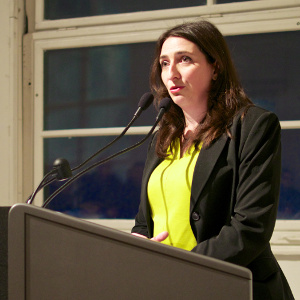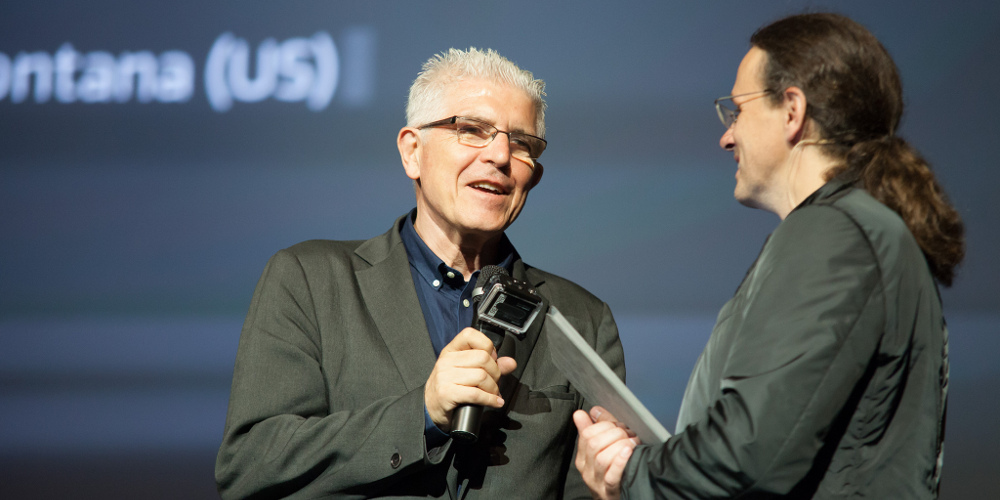The CyberArts Exhibition traditionally shows a selection of works singled out for recognition by the Prix Ars Electronica. In this interview Genoveva Rückert gets a foretaste of the 2014 CyberArts Exhibition.
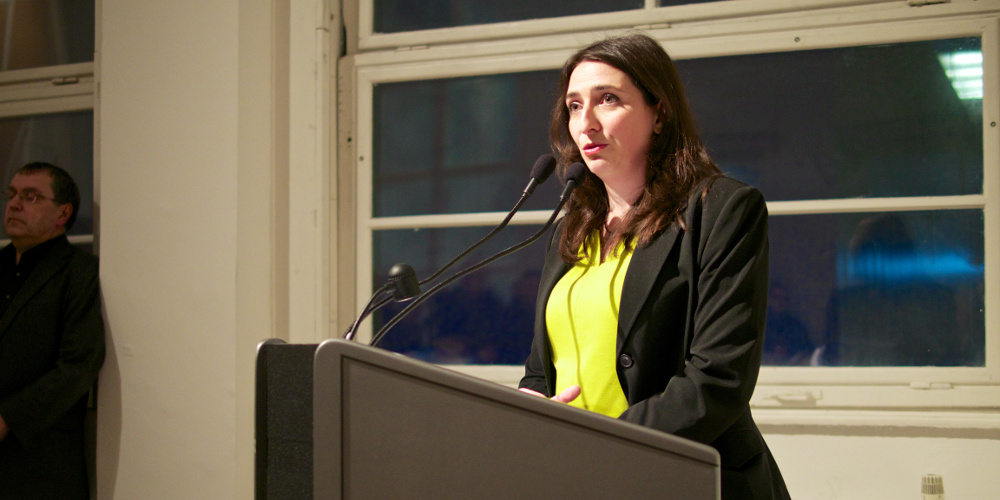 Genoveva Rückert, curator at the OK Center for Contemporary Art
Genoveva Rückert, curator at the OK Center for Contemporary Art
The CyberArts Exhibition is traditionally one of the centerpieces of the Ars Electronica Festival. It showcases a selection of works singled out for recognition by the 2014 Prix Ars Electronica’s Interactive Art, Digital Communities and Computer Animation categories as well as [the next idea] voestalpine Art and Technology Grant. Roy Ascott, the first Visionary Pioneer of Media Art, will make a live appearance.
We recently sat down with Genoveva Rückert, curator at the OK Center for Contemporary Art, to talk about the 2014 CyberArts Exhibition and get a foretaste of this extraordinary exhibition.
Tell us, Genoveva, what can festivalgoers look forward to at this year’s CyberArts Exhibition?
Genoveva Rückert: The venue will once again be the Ursulinenhof, which means we’ve readapted this facility, which is actually new for us. As always, we’re featuring prizewinning works from several Prix Ars Electronica categories, selecting some of the most fascinating ones and showing them in a way that’s appropriate to what they’re expressing. And we’ll also be bringing in a little history, and making an effort to contextualize the CyberArts. Ars Electronica is celebrating its 35th anniversary this year, and that will be reflected in the Archive presentation. Once again, there’ll be some amazing things on display.
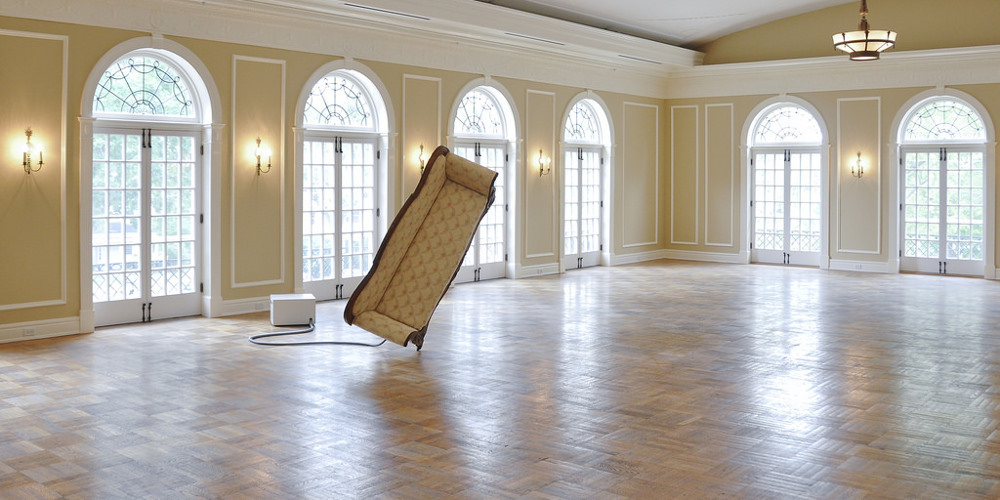 Jacob Tonski – Balance from Within
Jacob Tonski – Balance from Within
Can you go into detail about a few of the individual works?
Genoveva Rückert: “Balance from Within,” Jacob Tonski’s balancing sofa, and a project entitled “There is the sun” by Ief Spincemaile will be featured at the entrance. The next work that visitor encounter is “Captives,” Davide Quayola’s Michaelangelo adaptation for the 21st century. Then it’s on to two Golden Nica prizewinners: “Loophole for All” by Paolo Cirio and Matt Pyke’s “Walking City”, a work of computer animation that’s presented here as an installation. They’re followed by Boris Petrovsky’s “Vergerät” and “Transfigurations”, Agi Haines’ mutated baby sculptures depicted in a very naturalistic fashion. We then take our visitors up to the attic for the “Sound of Honda”. Finally, there’s James Coupe’s big installation entitled “Swarm”. Those are a few of the highlights of a total of approximately 25 works on display.
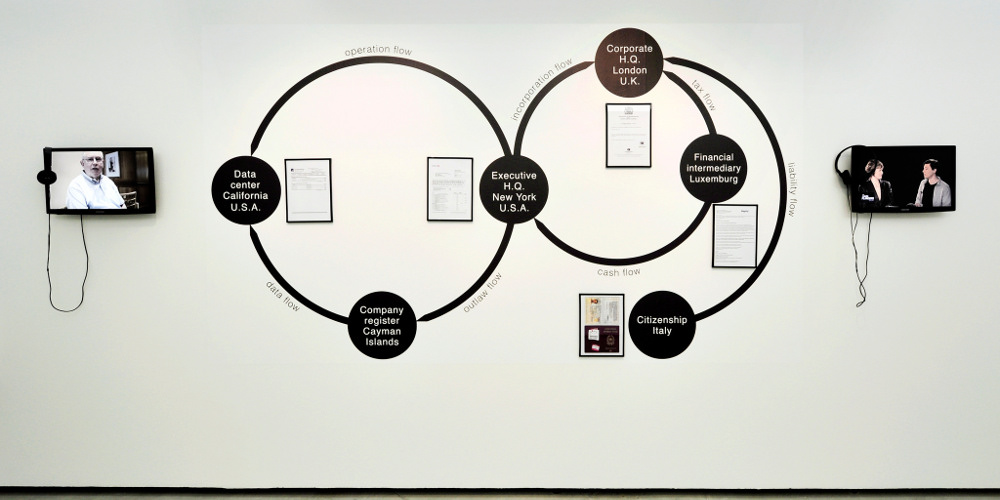 Paolo Cirio – Loophole for All
Paolo Cirio – Loophole for All
This year’s honorees include many projects that can be viewed only on a computer or online. How will they be presented?
Genoveva Rückert: For example, “Loophole for All,” a prizewinner in the Interactive Art category, will be displayed as an installation in a physical space. But it gets more complicated with Digital Communities projects. We’re endeavoring to represent a few works with video descriptions and texts in order to put them into a three-dimensional form and thereby make them more understandable. As for the other categories, we always make an effort to adapt Web projects as installations, but this is really an enormous challenge to an exhibition designer’s skills.
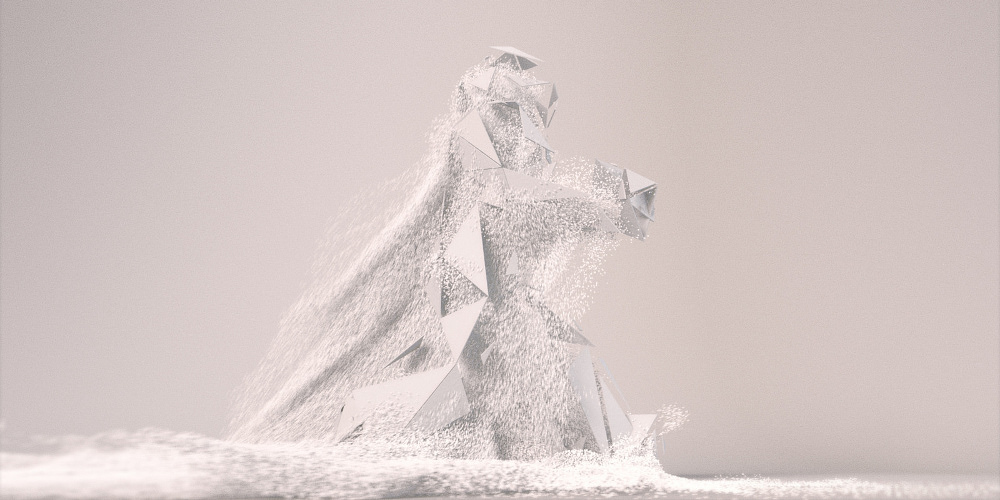 Universal Everything – Walking City
Universal Everything – Walking City
The OK is one of the Festival’s co-producers of longest standing. Are there any thematic trends among Prix prizewinners that are particularly noticeable to you this year?
Genoveva Rückert: Definitely, development in an artistic-social direction is now very much apparent among the prizewinning projects, but this is highly dependent on the respective category. This year, Ars began conducting two pairs of categories on a biennial basis and this was the year for Digital Communities and Interactive Art, so the thematic focus is definitely on them this time around. And once again, there was intense consideration of “What is interactivity?”—the eternal question since this category’s inception. Of course, Digital Communities are also fascinating from an artistic point of view, in that you’re confronted by a feedback effect, so to speak—how art deals with society and what reciprocal interactions are operational. This is very strongly apparent in Digital Communities.
Do the trends manifested by Prix winners also reflect what happening throughout media art?
Genoveva Rückert: Yes, you always notice trends here. This has to do with the history of media art. When digital media emerged in the art world, it was accompanied by massive hype. Everybody thought: “There’s a new art form. This is what’s happening, and we’re all going to be producing strictly in this direction from now on.” It didn’t turn out this way; it’s become more of a niche. That is to say: digital art only partially corresponded to what was happening elsewhere in the art world. But this detour has increasingly returned to the mainstream, and this makes Ars Electronica and media art as a whole a fascinating barometer of broader artistic developments.
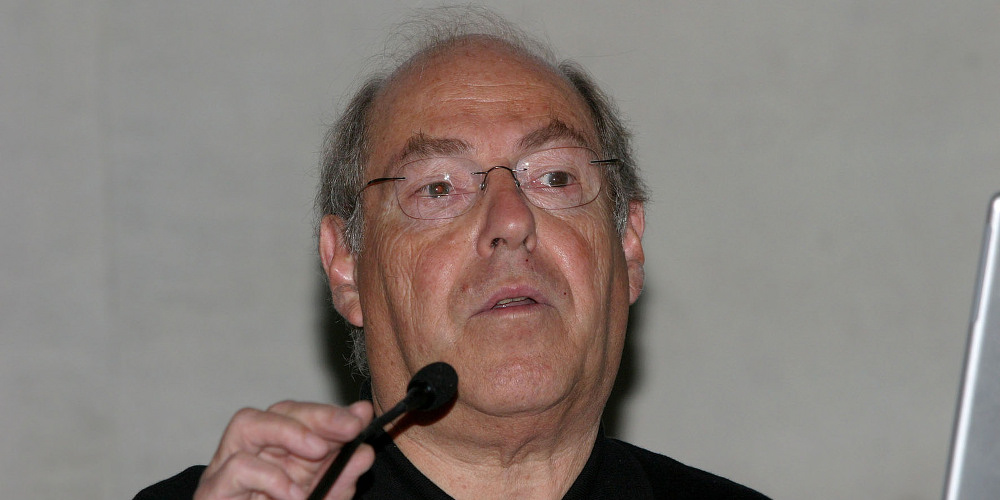 Winner Visionary Pioneers of Media Art – Roy Ascott
Winner Visionary Pioneers of Media Art – Roy Ascott
Which works do you find especially interesting?
Genoveva Rückert: I find “Balance from Within” incredibly fascinating. “Loophole for All” is a superb work of social criticism that is artistically excellent as well. Those are definitely two key highlights. And there’s something else that I’m really extremely happy about—the new Visionary Pioneers category and the first winner, Roy Ascott, who’s the subject of what could almost be called a one-man show. This is really going to be great because it’s raising all the essential issues and themes that have emerged since the 1960s, such as: What is participation? What is interactivity? What is cybernetics? Thus, it’s really focusing on the most fundamental questions, and doing so on the basis of work by an artist and scientist who is, not least of all, a visionary and a teacher.
On September 4th, an exhibition with Bill Fontana is also opening at the OK …
Genoveva Rückert: Exactly. This is something new this year. We’re presenting a major one-man show devoted to Bill Fontana. His forte is audio art, but in recent years he’s also worked on a very high level with video, whereby he’s specialized in live broadcasts in a high-end version. Bill Fontana has received a Golden Nica for his life’s work, and was part of the exhibition last year because he was the recipient of the Collide@CERN grant. Then too, we hosted an installation by him. And there’ll be several of his works on display at the OK this year. The exhibition will extend over three stories, all the way up to Höhenrausch (High-Altitude Euphoria) with its new Voestalpine structure. This gigantic steel construction, 42 meters long and 15 meters wide, is where Bill Fontana will exhibit his latest work, a piece having to do with the desert. Especially for Linz and in cooperation with Voestalpine, there’ll be a live broadcast from the hot rolling mill showing glowing steel slabs being fed through the colossal, grinding machinery.
The CyberArts Exhibition opens at 6:00 PM on September 4th, Day 1 of the Ars Electronica Festival, and will run until September 14th. Like every year, it will feature the best and most fascinating projects singled out for recognition by the Prix Ars Electronica.
